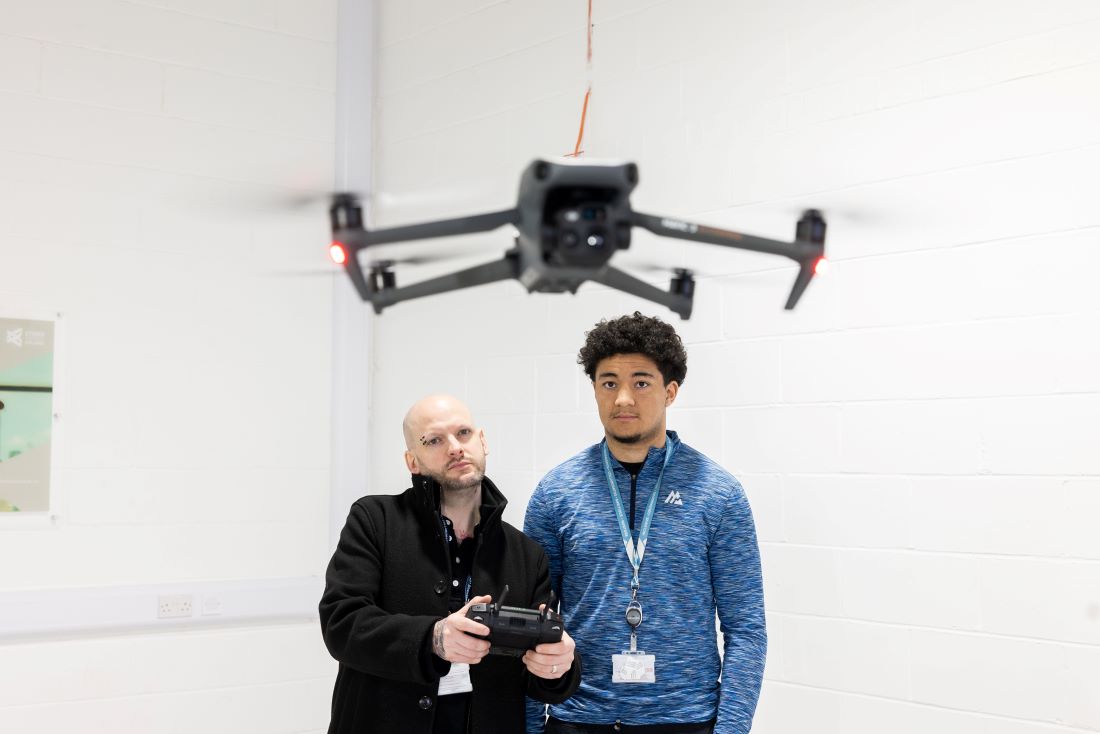University courses: Is blended learning here to stay?

Stewart Watts discusses how universities can best implement a blended learning model, and make sure that online learning components cater to the needs of students, reduce staff workloads, and complement current learning objectives.
Recent data collected by the BBC shows that almost a third of universities are still combining face-to-face teaching with online learning for the 2022–2023 academic year. While there have been mixed reactions from students and lecturers alike, there is an argument for hybrid learning as long as it is well executed and accounts for the needs of all students. As the past two years have demonstrated, universities need to think carefully before rolling out complex digital learning environments. If institutions want to continue using a hybrid learning format this year, they need to ensure in-person classroom teaching is paired with online components more effectively.
Most importantly, universities need to ensure that their online learning provision is robust, can cater to all students’ needs and is flexible enough for teachers to adjust courses at will. Online learning should complement all current learning objectives and ultimately improve delivery of teaching, reduce workloads for lecturers, and provide further support for students. For many students going to university, it is a time of meeting new people and having new experiences. Universities must balance these expectations while using technology to enhance the student experience.
Data-driven learning
Blended learning can provide lecturers with valuable data on their students. For this approach to be effective, staff use the data and digital tools at their disposal to gain sufficient insight into individual students’ progression and needs. To address student learning gaps, lecturers will need continuous insight into how students are getting on during individual study, in seminars and lectures, and in exams. Hopefully, through the implementation of a digital learning strategy, teachers will have access to more student data and will gain real visibility into students’ performance, particularly when it comes to identifying specific areas for development.
Today’s learning analytics can provide professors and lecturers with real-time insight into the location and extent of learning gaps, such as whether a student has particular strengths or weaknesses. By using data to drive their teaching or courses, staff can plan more extensive learning programmes that account for all students’ learning needs.
With this level of continuous insight, lecturers will be able to fill the gaps in students’ learning over time and create personalised learning pathways to help ensure that the needs of individual students are constantly being met.
One size does not fit all
We often think of the student body at universities as those aged 18–21, living away from home for the first time and starting out their journey in academia. While this description fits many students, there are many different types of people studying at universities across the country, and a blended learning approach could really benefit them. They could be parents studying part-time, those studying alongside their careers, or people who have a learning difficulty or disability that makes it easier for them to learn from home.
The “one size fits all” approach is simply no longer viable; what works for one student may not work for another. The continuation of blended learning at universities will hopefully allow lecturers to cater their teaching to all their students no matter where they are. Blended learning encourages and enables increased customisation and personalisation, allowing students to move at their own pace, in a way that is flexible for them. This is especially helpful for students who don’t perform as well under exam pressure, as their tutors can use data to assess them alongside exams. It is also more efficient for lecturers, freeing up their time as data can be used to easily see which students need more help, reducing their workloads or allowing more time for one-on-one teaching. This will certainly help those students who benefit from one-on-one time with their tutors or may need extra guidance away from their timetabled lectures and seminars.
Additionally, online learning tools can provide extra resources for those who need them, such as reading materials or videos that support learning. Essentially, online learning can be a one-stop shop for course content and administration that is easily accessible for all students.
The future is flexible
The pandemic has taught us that you can never be too prepared. When it first hit, many universities did not have the capabilities to move straight to online learning. Maintaining some level of online learning can ensure that if a global event, such as a pandemic, were to happen again, universities will be far more prepared and students will miss out on less learning.
It’s being predicted that universities in the UK are planning on striking again in 2023. Online resources, such as pre-recorded lectures or online forums, can help minimise disruption of learning. Additionally, online resources can help students catch up on missed teaching time.
A diverse student population, changing expectations of students and lecturers, and increasing workloads for lecturers have all changed how universities deliver their teaching. While institutions want to ensure they are delivering up-to-date, effective and accessible teaching, they can continue to consider what works best for their students while using technology to enhance the student experience.

FE News on the go…
Welcome to FE News on the go, the podcast that delivers exclusive articles from the world of further education straight to your ears.
We are experimenting with Artificial Intelligence to make our exclusive articles even more accessible while also automating the process for our team of project managers.
In each episode, our thought leaders and sector influencers will delve into the most pressing issues facing the FE sector, offering their insights and analysis on the latest news, trends, and developments.











Responses